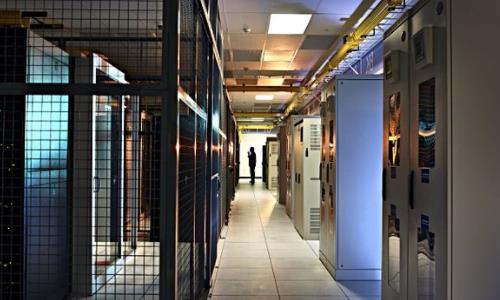What is a Database Server?
A database server is a machine running database software dedicated to providing database services. It is a crucial component in the client-server computing environment where it provides business-critical information requested by the client systems.
A database server consists of hardware and software that run a database. The software side of a database server, or the database instance, is the back-end database application. The application represents a set of memory structures and background processes accessing a set of database files.The hardware side of a database server is the server system used for database storage and retrieval.
Database workloads require a large storage capacity and high memory density to process data efficiently. These requirements mean that the machine hosting the database is usually a dedicated high-end computer.

What Is a Database Server Used For?
Database servers have several use cases. Some of them are:
- Dealing with large amounts of data regularly.
Database servers shine in a client-server architecture, where the clients frequently process data. - Managing the recovery and security of the DBMS.
Database servers carry out the constraints specified within the DBMS (database management system). The server controls and manages all the clients connected to it and handles all database access and control requests. - Providing concurrent access control.
Database servers provide a multi-user environment where many users can access the database simultaneously while maintaining security and hiding the DBMS from the clients. - Storing applications and non-database files.
Some organizations use database servers as a much more efficient solution compared to file servers.
How Does a Database Server Work?
The database server stores the Database Management System (DBMS) and the database itself. Its main role is to receive requests from client machines, search for the required data, and pass back the results.
The DBMS provides database server functionality, and some DBMSs (e.g., MySQL) provide database access only via the client-server model. Other DBMSs (such as SQLite) are used for embedded databases.
Clients access a database server through a front-end application that displays the requested data on the client machine, or through a back-end application that runs on the server and manages the database.
The ODBC (Open Database Connectivity) standard provides the API allowing clients to call the DBMS. ODBC requires necessary software on both the client and server sides.
In a master-slave model, the database master server is the primary data location. Database slave servers are replicas of the master server that act as proxies.



